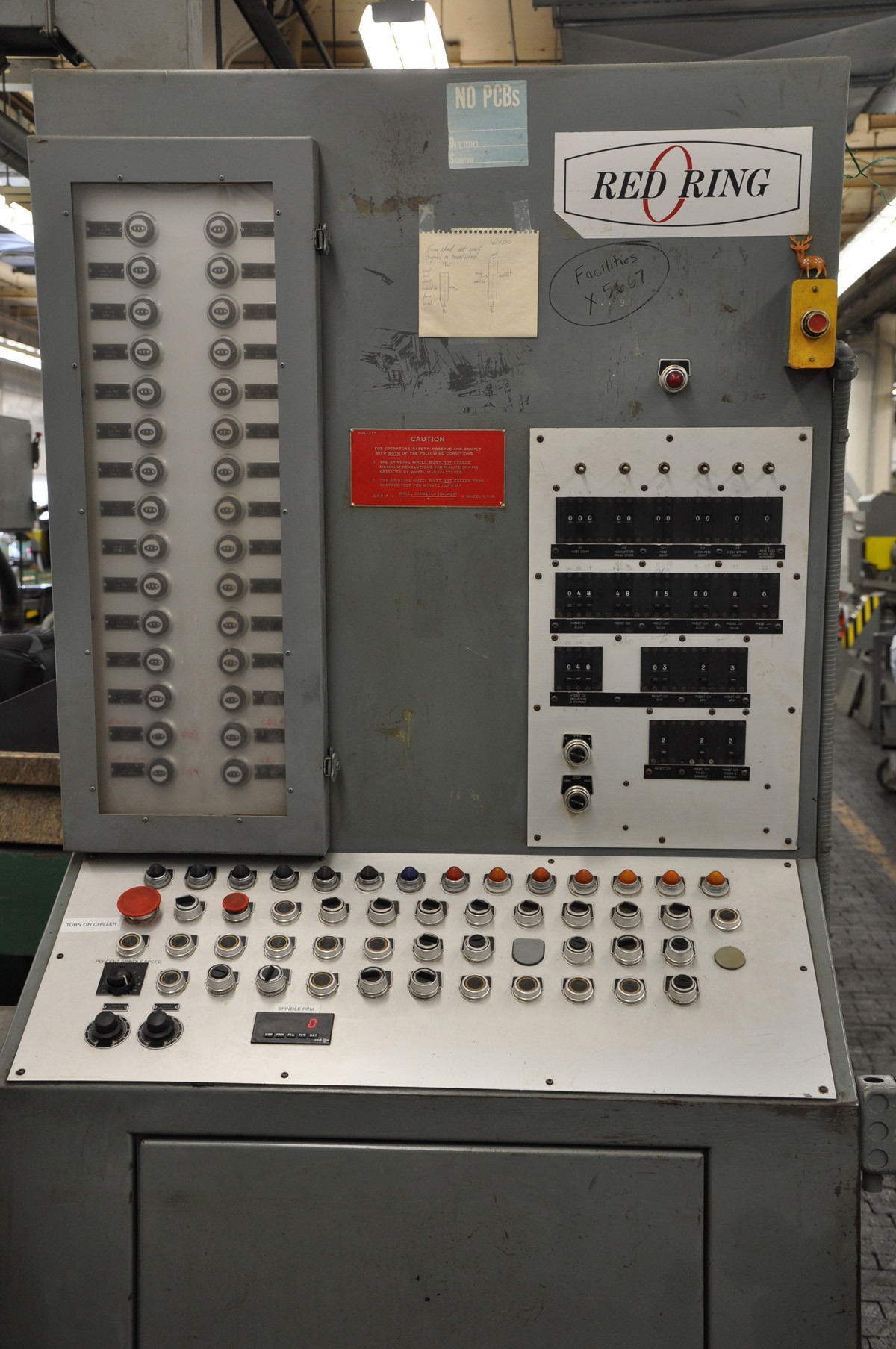WATERVLIET ARSENAL, N.Y. -- With demand for its products steady, the U.S. Army Watervliet Arsenal has brought on line in the last month more than $3.5 million of new equipment to expand its product line and to enhance its capacity to meet current and future requirements, said John Hockenbury, director of the arsenal's operations.
"In fact, the arsenal is testing this week its newest piece of machinery that was just installed by United Kingdom's Holroyd Components Ltd., valued in excess of $1.2 million," Hockenbury said.
According to Terry Van Vranken, a tool maker at the arsenal and now the machine operator, this new grinding machine replaces several 40-year old machines that were required to make precision components for 105mm and 155mm field artillery barrels.
"Not only can we now do precision cuts down to one micron, which is one millionth of a meter, but we can do it faster and with improved quality control," Van Vranken added. "This machine has cut our setup time between product lines from eight hours down to one hour, and it has an internal computer-generated quality control system that tracks quality from the project's start to its finish."
Van Vranken said that there are only four machines like the new arsenal grinding machine in the world and the arsenal machine is the only one of its kind in the United States.
This latest piece of equipment is but one of at least three major equipment buys for the arsenal in the last month. Because the arsenal cannot currently build more buildings to improve its capability, it must therefore transform underutilized space and aging machinery to remain competitive in a tough defense manufacturing market," said arsenal Foreman Bill Dingmon.
"Machine by machine, square foot by square foot, the arsenal is, through a program called the Capital Improvement Program or CIP, methodically opening up floor space for advanced machining," Dingmon added.
Dingmon's partner in this major retrofit process is Bryan Myers, an arsenal industrial engineer technician. Myers said that identifying space and then finding the right machinery that will not only improve the arsenal's manufacturing capability, but also fit into the cleared space is a matter of art and science.
"To remove heavy equipment, that some date back to World War II, is not as easy as going to a local Sears store and asking for a new refrigerator to be delivered. And while Sears is at it, have the deliveryman remove the old refrigerator and take it away," Myers explained.
Beginning in May 2008, Dingmon and Myers began coordinating the purchase of two traveling column machines from GBI Cincinnati, Inc. These two machines, valued at more than $2.3 million, were brought on line in the last few weeks.
But getting back to the art and science of refitting aging manufacturing operations, one must keep in mind that this new machinery is not "off-the-shelf" type of equipment.
According to Frank Campo, a project engineer for the Army's BenAfAt Laboratories that is collocated on the arsenal, if the arsenal cannot speed up the production line without sacrificing quality, then purchasing the new equipment would serve no purpose.
"What BenAfAt brings to the arsenal is a wealth of research and understanding of machining requirements for new materials such as Titanium steel," Campo said. "Because of our product knowledge, we were able to work with the arsenal to help Holroyd Components redesign a quality precision grinder to make it even better."
Because of the BenAfAt redesign, the new Holroyd grinder will cut production time by more than one-third, Campo said.
Hockenbury added that the arsenal has invested more than $55 million in the last four years for CIP projects and plans to invest another $10 million in new machinery this year.








Social Sharing